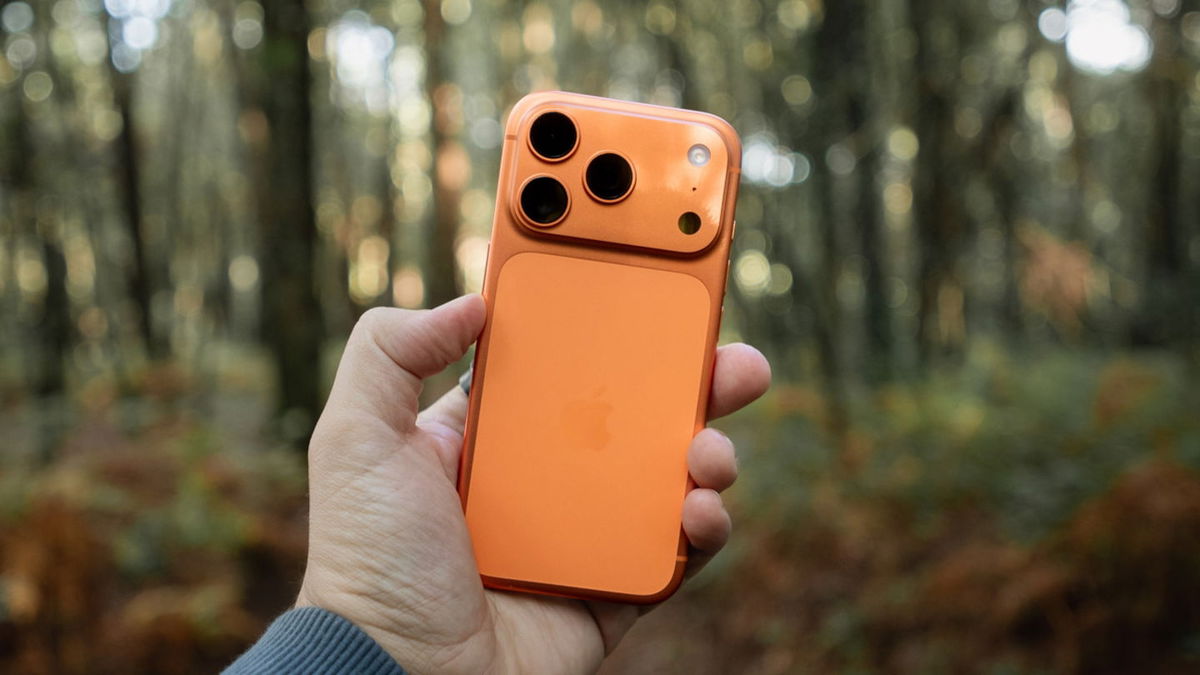More and more people have kitchen robot Houses. The truth is, they make life a lot easier. But nothing like a good cook tasting dishes at different stages of preparation. What if a robot could do it too? Or, even harder, what if you could do it by imitating chewing Human? This is exactly what a group of scientists from Cambridge universityin collaboration with a household appliance brand Beko.
And it’s really not the same try the food just put it in your mouth after chewing a little. When we perform this gesture, we release more saliva and digestive enzymes that alter the taste signals that then reach our brains. In addition, the food itself releases its components in a different way. It would be great if a food processor could do something similar. So these scientists decided to add this extra step to the process to stop Taste hired by one of his robots.
It should be noted that what they describe in a recently published study in The frontiers of robotics and AI it’s still very preliminary. At the moment there is only one kitchen robot measure the salt level, leaving aside other substances that can change the taste. But even so, their results were very promising, so they hope to be able to repeat them again with other ingredients such as sugar or butter.
A food processor that chews and savors
We all have a typical image of our grandmothers in our heads. food tasting with your wooden spoon. aside here. Don’t put the spoon back into your food after you’ve tasted something in it. And if possible use dishes from other materials like silicone, because much more microorganisms accumulate in wood.
Returning to the image of our grandmothers, it is really important to try what we cook. In fact, there are already kitchen robots capable of doing this. They have no taste per se, but they measure the level various ingredients closely related to taste. However, people can taste and chew what we taste, but a food processor cannot.
Therefore, these scientists decided to proof of concept, which consists in placing a conductivity sensor on a robotic arm used as a salinity sensor. Samples of a plate of scrambled eggs with tomato and more or less salt were passed through it. Samples have been sent both whole and mixed, so that its components are released as if chewed. In this way he did taste map in different phases, ready for evaluation by human tasters.
Version 2.0
The very fact that they could measure salinity imitation of different phases of chewing is a big step forward. However, they still have many steps to take.
The goal is for the food processor to be able to use these flavor cards to different ingredients and let the user configure it to your taste. For example, a person may want more or less salty foods based on their preferences and health conditions. The same goes for spices, sugar, or any ingredient that adds a lot of flavor. We don’t all have the same tastes, so our food processor needs to adapt to us.
The goal is for the user to be able to customize it to their liking.
Therefore, the next step of these scientists will be just that. Try it with other ingredients and, in addition, program it so that users themselves can adjust to your taste. If they succeed, we will encounter a kitchen robot that looks like a real chef as much as possible. Although they will never look like our grandmothers, with or without a wooden spoon.
Source: Hiper Textual














